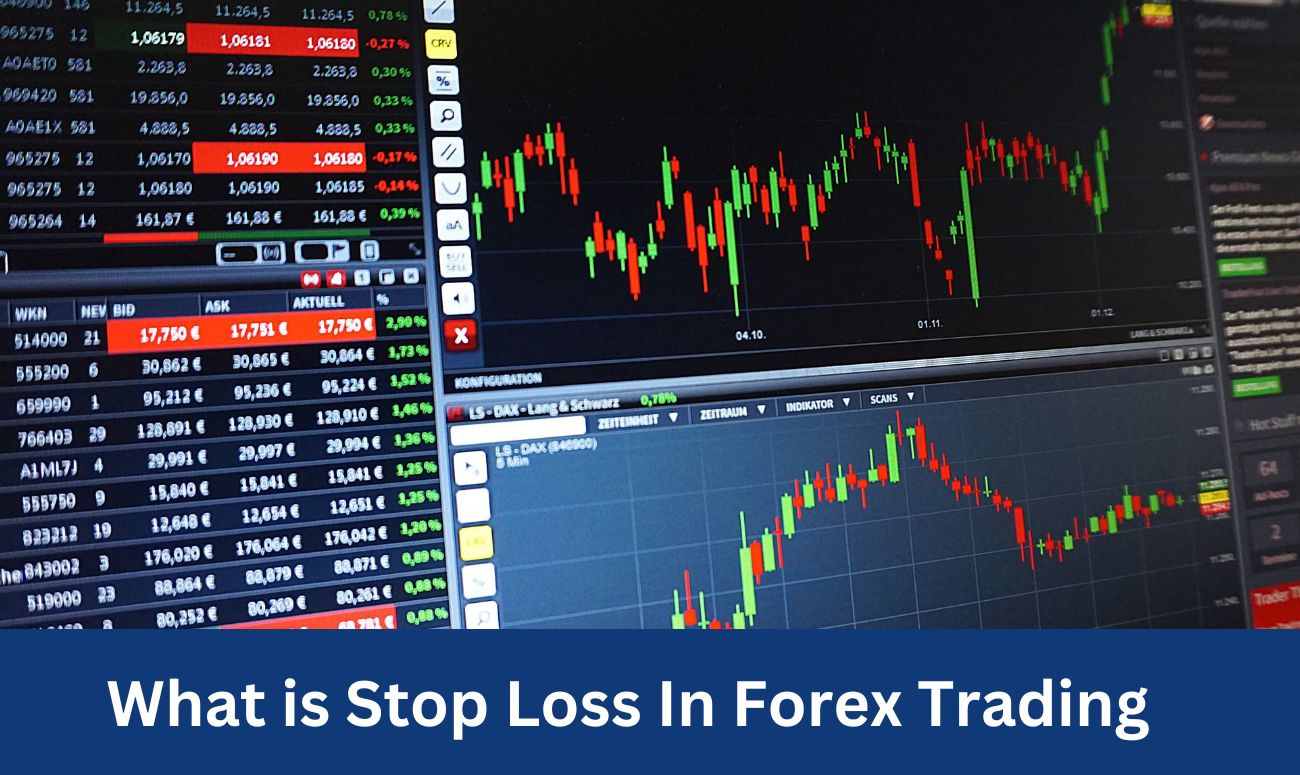What is Stop Loss in Forex Trading? Stop Loss is tool forex traders use to protect against huge losses in the forex market. Forex stop losses help a lot of traders minimize the risk in trading. There are many types of stop loss such as static and trailing stops, today I will explain to you how you can minimize trading risk using a stop loss.
WHAT IS A STOP LOSS?
Forex stop loss is a tool designed by brokers to help traders set a stop level by a certain number of pips away from the entry price. Whatever forex trading strategy you use, you can benefit from stop-loss because it can be applied to long or short bets.
WHY IS STOP LOSS SO IMPORTANT?
It is very important for some reasons, no matter how, expert you are in forex trading, you will never set a risk-free trading strategy because you don’t know the future and the market is not always stable.
The research was made and we found out that because of poor money management, traders were losing so much money even though they won in several currency pairs.
A method shared by David Rodriguez explains how traders can solve this issue by looking at the profit at least far from the stop loss as possible. He states that if you set a stop loss of 20pip then you should look for a profit of 20pip.
THE STOP-LOSS STRATEGIES
There are five strategies that can be used when using a stop loss in your order.
1. Setting Static Stops
Traders set a stop at a pip level to allocate the stop loss and stay on the trade until it reaches the pip level you set as the stop.
There is a trader in California that opens trade in the Asian session because he wants the volatility in the US and UK sessions to impact their trades.
He set the static stop of 50 pip on all positions they initiate because he wants to allow sit o that they can make their transactions without much risk.
The reason every order set a static stop of 50 pip was that the profit should target at least as large as the stop distance. Every time a trader wants to set a risk-to-reward ratio on each entry, they can set a static stop of 50 pip and a take profit of 100 pip.
2. Manual Trailing Stop
This can be manually moved by the trader as the position moves. As the position moves the trader can lower his stops to be on the trade for a long period. But note that the position always stops when the trend eventually changes. check out: Best 5 Cryptocurrency Wallets To Keep Your Crypto
3. Static Stops based on Indicators
Some professionals set the static stop distance on an indicator like an average range, the importance of this is traders can set the static stop using the current market information.
If the trader uses a 50 pip stop and 100 pip take profit level, what does the 50 pip mean in the market?
In a stable market, 50 pip stops can be seen to be ok, but in an unstable market, it seems to be considered. Some traders lower their risk by managing more precisely by looking at the current market indicators like true average range, and price swings.
4. Trailing Stops
Note that some brokers are allowed to use the trailing stop feature, static stop loss can help beginners’ strategy. Other traders use stops in other ways to maximize their money management. To help reduces the risk of being burned out, trailing stops are used when the market moves in traders’ favor.
There is a trader who opens an account in EUR/USD pair at 11,72 and sets 167 pips to stop at 1.1553, the trader may move up the stop to 1.1720 if the trades move up to that level.
The benefit of using the above strategy is to minimize the loss and less risk. This is also called the break-even.
5. Fixed Trailing Stops
Just like the trader who buys EUR/USD at 1.3100 and places a stop at 1.3050, then the stop goes up to 10 pip to 1.3060 then it will have to be adjusted to 1.3070, after another 10 pip increase in the market then moves it to 1.3120. This is done manually and keeps done until the end of the trade.
